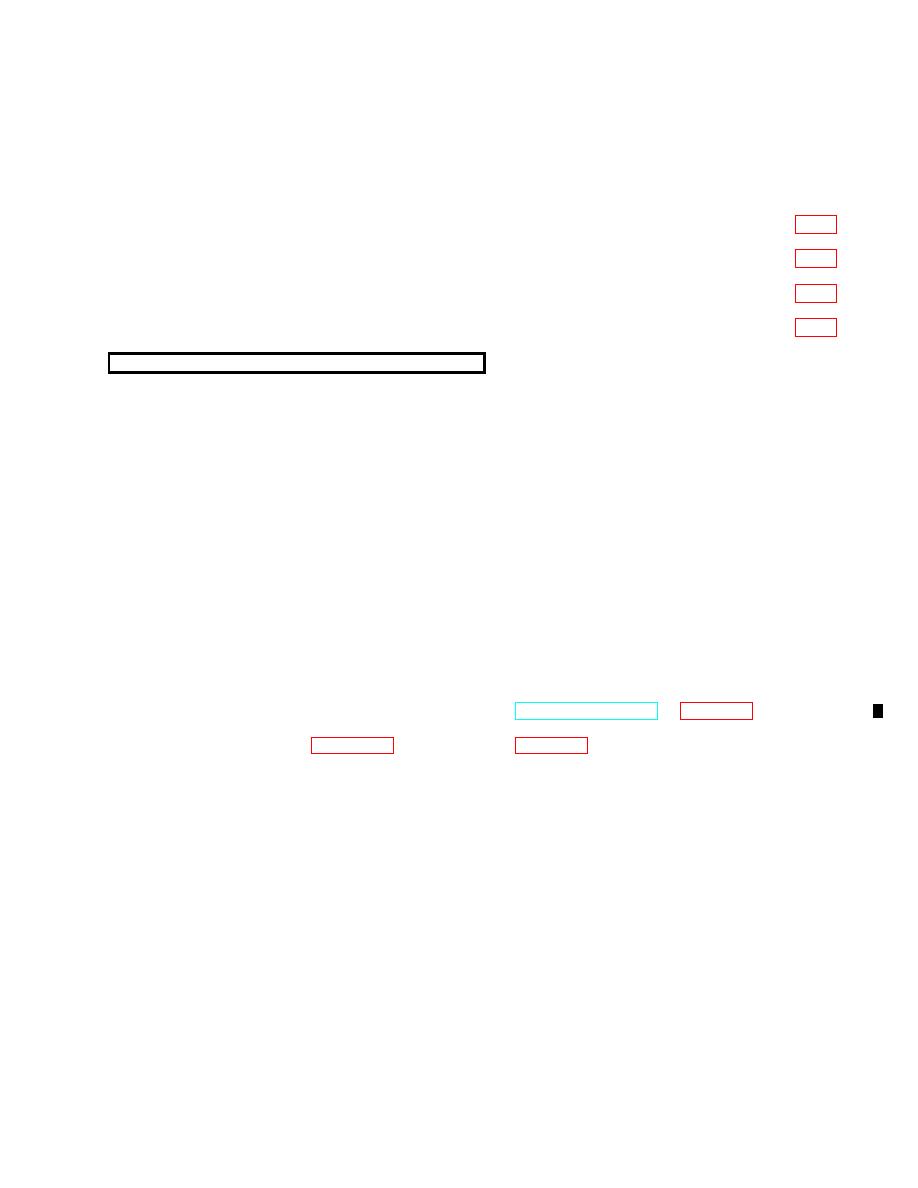 |
|||
|
|
|||
|
Page Title:
Section IV. TROUBLESHOOTING PROCEDURES |
|
||
| ||||||||||
|
|
 TM 5-2420-224-20-1
Section IV. TROUBLESHOOTING PROCEDURES
This section contains troubleshooting procedures for the SEE/HMMH.
Page
Preliminary Troubleshooting Procedures. ..........................................................................................
Electrical Troubleshooting. .................................................................................................................
Troubleshooting Symptom Index........................................................................................................
Troubleshooting Table........................................................................................................................
PRELIMINARY TROUBLESHOOTING PROCEDURES
NOTE
Fluid leaks are classified as either Class I, Class II, or Class III:
Class I: Seepage of fluid (as indicated by wetness or discoloration) not great enough to form
drops.
Class II: Leakage of fluid great enough to form drops, but not enough to cause drops to drip from
the item being checked or observed.
Class III: Leakage of fluid great enough to form drops that fall from the item being checked
or observed.
Before starting any specific troubleshooting procedures perform the following:
1. Visually check for ruptured oil hoses or tubes, and for Class II or Class III leaks.
2. Check for mechanical jamming or binding caused by rocks or other foreign matter.
3. Check fluid levels in subject area and service as required (TM 5-2420-224-10 and page 2-14).
4. Relieve hydraulic pressure (page 2-23) and air pressure (page 2-23) before opening any hydraulic or air
lines.
Change 2
|
|
Privacy Statement - Press Release - Copyright Information. - Contact Us |